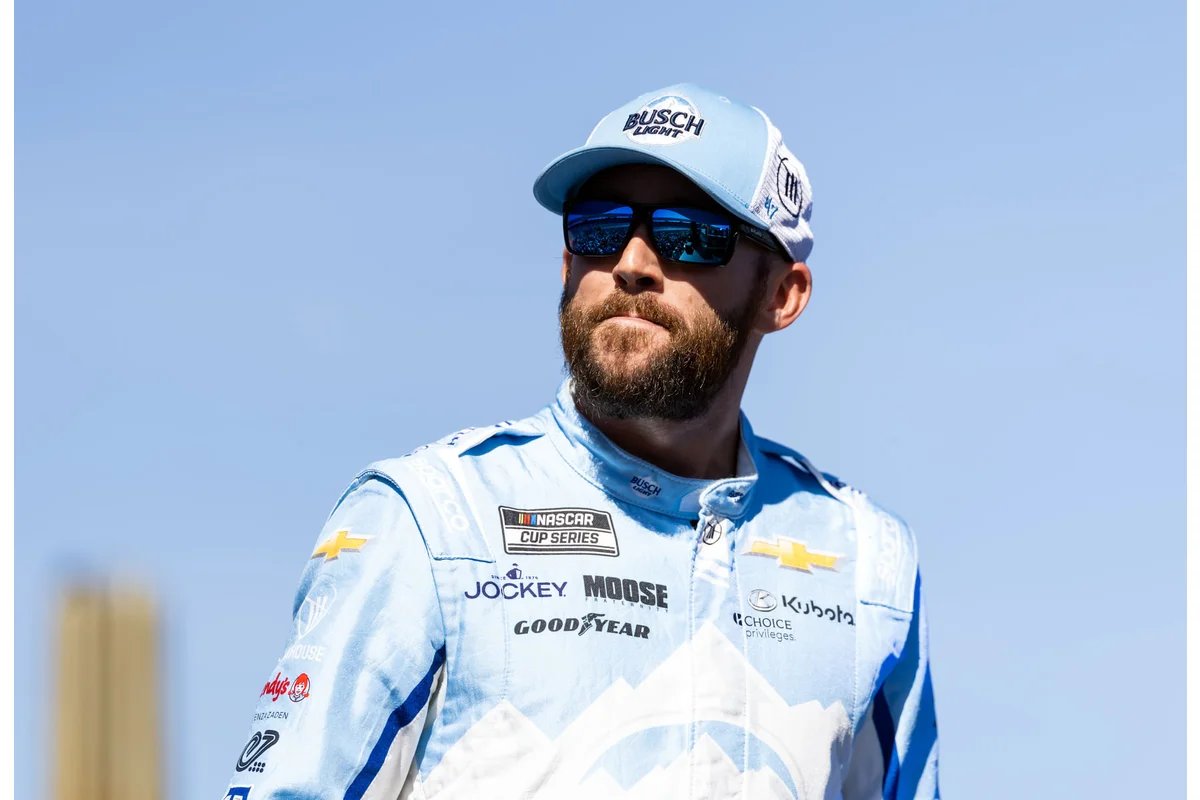Ross Chastain continues his impressive run by nearing the top of the NASCAR Cup Series list for most consecutive starts without a mechanical DNF, according to recent data from NASCAR Insights on X. As the Ross Chastain mechanical DNF streak grows, his consistent and durable performances mark him as one of the sport’s most reliable drivers.
The Longest Active Mechanical DNF Streaks in NASCAR
The updated rankings for drivers with the most consecutive starts without experiencing a mechanical or engine DNF feature five standout Cup Series competitors. A mechanical DNF signifies a race-ending failure involving a key component such as the engine, putting drivers’ and teams’ engineering grit on display as they strive for reliability.
Sitting in fifth place, John H. Nemechek has completed 113 races without suffering a mechanical failure since his last incident. Just ahead of him, Joey Logano holds the fourth position and recently reached 115 consecutive starts since his last mechanical DNF, which happened at Bristol in September 2022.
Third on the list, Austin Dillon boasts a streak of 126 starts. His most recent mechanical DNF took place at Road America in July 2022, showing his continued dependable performance. Ross Chastain, the article’s main focus, has now reached second place with 135 starts since his last mechanical DNF, which occurred during the Bristol Dirt Race in April 2022. Leading all Cup drivers, Chris Buescher tops the list with 221 consecutive starts, a streak dating back to Dover in October 2019, an unmatched demonstration of consistency.
How NASCAR Cup Series Cars Achieve Reliability
The endurance of these streaks results from the engineering behind NASCAR Cup Series cars. The vehicles feature custom-built, naturally aspirated 358 cubic inch V8 engines. These engines, utilizing a pushrod OHV design, typically generate up to 670 horsepower on most tracks. However, to maintain parity on superspeedways, a spacer limits their output to approximately 510 horsepower, with fuel delivered via a single four-barrel carburetor.
Teams closely monitor the engine’s performance using an ECU within the cockpit. Oil pressure is managed by a dry sump system, while airflow for cooling travels from the front grille, through the radiator, and vents out over the hood. Exhaust is discharged evenly through headers on both sides, and manufacturers like chevrolet/”>Chevrolet, ford/”>Ford, and toyota/”>Toyota all build engines in accordance with strict regulations.
To remain competitive, these powerplants must hold up through all stages of a race weekend—practice, qualifying, and the race itself—and are often expected to last around 800 miles before requiring major attention.
Ross Chastain’s 2026 Racing Ambitions Expand
Recently announced rule changes for 2026 have opened new opportunities for Ross Chastain, allowing Cup drivers to participate in a larger number of races across multiple series. Starting next year, Chastain can enter up to ten events in the O’Reilly Auto Parts Series and eight in the Truck Series, in addition to the 38 scheduled Cup races. In total, this could see him compete in as many as 56 races in 2026, a schedule echoing the grueling pace from earlier in his career.
Chastain affirmed his commitment and the backing from his team by stating,
“The road to 56 starts now. Yeah, we’re already working on it. I think it’s the best thing I can do, and Trackhouse (Racing) is in full support of it.”
—Ross Chastain, Driver
During his early years in NASCAR, Chastain raced almost every week, including 77 starts spread across Cup, Xfinity, and the Truck Series in 2019. He even recalled possibly taking part in a ‘start and park’ entry that season. Today, Chastain’s focus—and that of his teams—has shifted from merely racing often to racing for wins. For 2026, he will drive for JR Motorsports in the O’Reilly Auto Parts Series and Niece Motorsports in the Truck Series, with both organizations expecting him to contend competitively.
He made it clear that his current approach emphasizes racing for results and quality rides, not just quantity, explaining,
“We’re not start and parking. Trackhouse expects me to be fast on Saturday and Sunday. They’re trying to put me in the best cars on Sunday. There’s an expectation out of the other teams I drive for. So it’s got to be quality. Early in my career, I was quantity 99% of the time. Now, I’m quality.”
—Ross Chastain, Driver
Recent Successes and Hopes for the Future
Chastain’s ability to maintain his Ross Chastain mechanical DNF streak correlates with strong on-track results. Recently, he finished fourth in a Truck Series race at Charlotte before capturing victory in the Coca-Cola 600 the following day in a backup Cup car, underscoring both his resilience and adaptability.
With Trackhouse Racing and his partner organizations supplying top-tier equipment, Chastain’s reliability remains a focal point as he aims for even more success in the coming seasons. As the 2026 season approaches and the schedule expands, fans and teams alike will watch to see if he can surpass the remarkable consistency demonstrated by drivers like Chris Buescher, all while chasing wins both in NASCAR’s headlines and on the track.
Longest active streak without a mechanical/engine DNF pic.twitter.com/EaQqIEVTnb
— NASCAR Insights (@NASCARInsights) November 16, 2025
